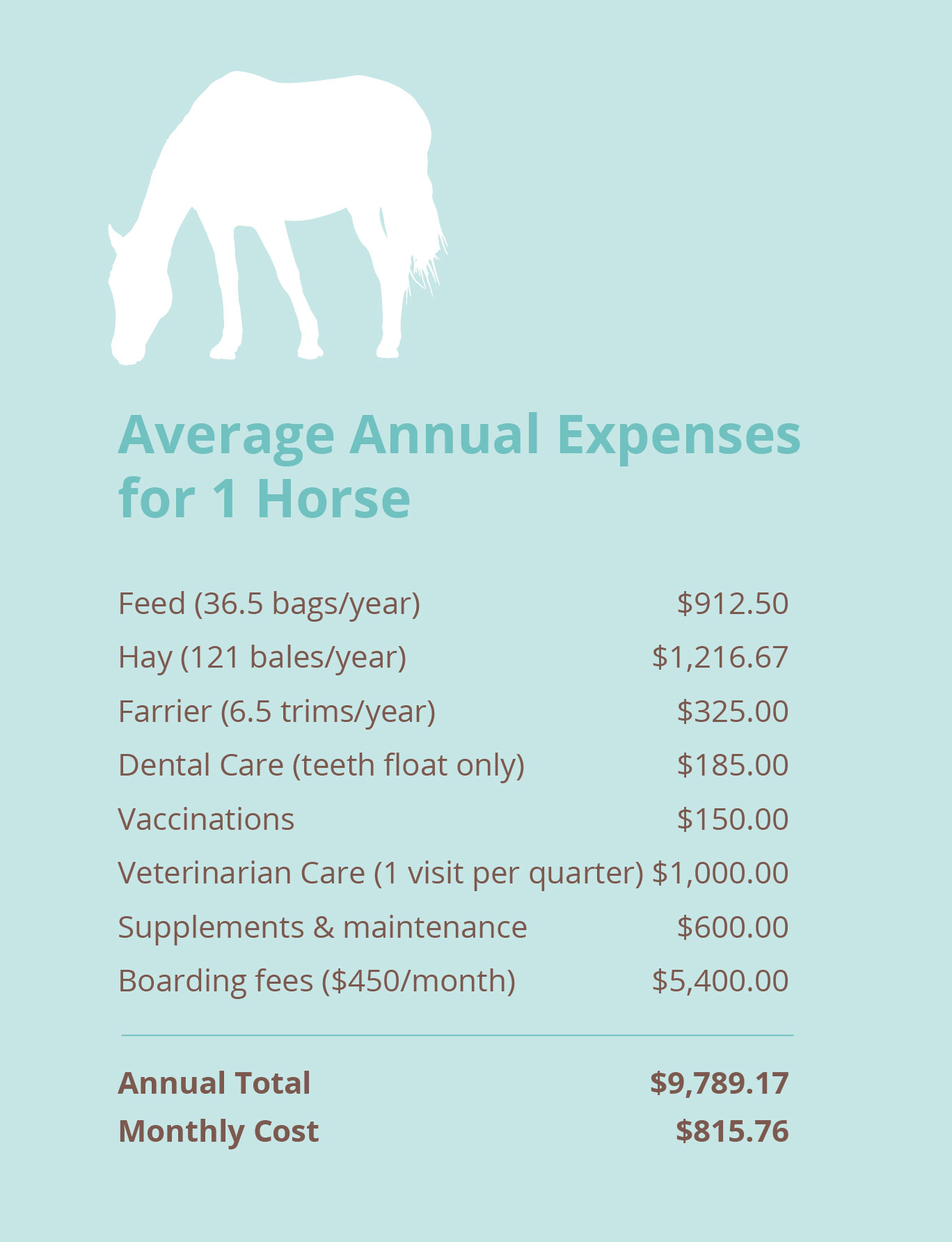We have listened to our calling and grown organically.
When we moved to Oaky Doak Farm in 2018, we never imagined we would be rescuing horses and donkeys. The more we learned, however, the more we knew saving these animals was our calling. We also realized that we can’t do it alone. Caring for a horse on a monthly basis costs an average of $300. We need your help if we are to continue to provide a safe haven for these beautiful creatures.
No donation is too small, and volunteers are always welcome.
We also try to be good stewards of the dollars received by:
Trimming
Learning how to file and trim hooves with our Farrier’s guidance to extend time in between farrier appointments. Typically, hooves are trimmed every eight weeks for a cost of $50 per visit. That’s $300 per year per horse.
Travel
Traveling 1 hour round trip every two weeks to the feed store instead of traveling two miles down the road where the same feed is $5 more per bag. We go through over two bags of feed per day in the warmer months and more in the winter.
Building
Building shelters and fencing ourselves along with trips to the local lumber yards/sawmill where lumber can be found at lower prices, thus saving on labor and materials.
Medication
Keeping pain medications on hand to administer as needed instead of calling the Veterinarian each and every time they are needed. Routine dental, veterinarian and vaccine costs run $1,335 per year per horse.
Hay
Placing hay in hay bags for each horse twice a day to eliminate waste. We also buy round bales of hay, which last about a week, for around $70 each. Each round bale works out to about 16 square bales; square bales cost about $10 each.
Caretaking
Bottom line, it’s an everyday — no matter how we feel, what the weather is, what other obligations we have — commitment that involves early and late feeding, shoveling waste, cleaning, training, that we are determined to give them.
Annual expenses of horse ownership
At Oaky Doak Farm, we have been rescuing horses, mini-horses and donkeys since 2019. We have heard many times of the dream of owning a horse. To be able to jump on one and go for a trail ride sounds like so much fun! And it can be. However, riding is only about 10% of what is involved in owning a horse. Before purchasing a horse, have you considered the expenses and long-term commitment that come along with owning one?
Thousands of horses are currently in the slaughter pipeline needing a responsible, forever home. They enter the slaughter pipeline either through auction or owner surrender to a volume horse trader. Their previous owners have given them up or given up on them. A horse winds up being passed around for various reasons, including life change, declining health of the horse, behavioral issues that the owner didn’t know how to handle, age, not what they want anymore, and/or the high cost of care.
At auction, horses have no say over who purchases them. If a horse is sick, lame or has behavioral issues, it goes for a next to nothing price. The small price is where kill buyers thrive and will more often than not purchase the horse to be sent to slaughter across the border for meat. They sound like the bad guy but remember who gave up their horse: the previous owner did. Now the horse is at the mercy of what happens next.



